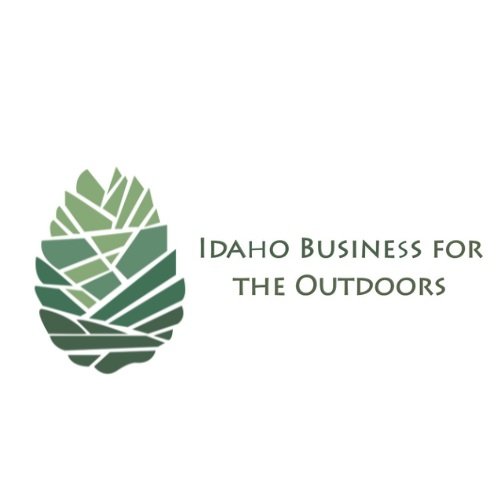What Are "Public Lands"?
When people hear the term “public lands,” they often picture mountains, hiking trails, and campsites. While these areas are definitely part of public lands, the real scope of what public lands are and how they benefit our nation is much larger. Public lands provide areas for recreation, support local economies, and help protect our wildlife. Public lands are a vital part of our country’s identity and a legacy we all inherit and enjoy. These lands are owned and managed by the government and are meant to be used and enjoyed by everyone, now and in the future. That’s what makes them public lands–they belong to the American public.
Across the U.S. there are about 640 million acres of public land—roughly 28% of the country. Most public land is consolidated in a handful of western states, including Idaho. In Idaho, 63% of the land is public, making it one of the states with the highest percentage of public land in the nation. The Bureau of Land Management (BLM) oversees nearly 12 million acres in Idaho, and the U.S. Forest Service manages over 20 million acres, including 7 national forests within our state’s borders. Public lands include national forests, parks, rangelands, and wildlife habitats. In Idaho they are used for recreation, hunting, fishing, ranching, preserving wildlife habitats, maintaining clean water, and even creating dark skies for stargazing. Unlike private property, public lands are open to everyone, giving communities shared spaces for adventure, education, conservation, and connection. Simply put, public lands are one of Idaho’s greatest assets—for its people, its environment, and its future.
Public lands are incredibly special in Idaho—not just because of their natural beauty, but because of the important role they play in the state’s economy and way of life. They help generate $7.8 billion in annual consumer spending and support 78,000 jobs through the outdoor recreation industry. These lands are a major reason why people choose to live, work, and stay in Idaho, because they offer easy access to hiking, fishing, camping, and more. In fact, 79% of Idahoans participate in outdoor activities each year, which supports both physical and mental health. Public lands also attract new businesses and drive local economies, especially in rural areas where recreation and tourism bring in visitors and create jobs. Public lands are more than just beautiful places to visit—they’re a key part of life in Idaho.
Public lands also help support rural towns and counties. The Payments in Lieu of Taxes (PILT) program provides funding to counties with a high percentage of public land to help pay for essential services like schools, emergency response, and road maintenance. In 2024 alone, Idaho received over $41 million in PILT payments. The state also works with federal agencies through programs like the Idaho Good Neighbor Authority (GNA) to improve forest health, reduce wildfire risk, and support timber-related jobs. Proximity to public lands supports small businesses in these towns, including outfitters, guides, gear shops, and restaurants. Every guiding job in Idaho is estimated to support two additional jobs in nearby communities. For rural towns like Stanley, Riggins, or Salmon, public lands are critical to keeping the local economy alive and well.
In the end, public lands belong to all of us. They provide space to hike, fish, hunt, and relax. They support jobs, protect wildlife, and give people a chance to connect with nature. With smart management and strong partnerships, we can ensure these lands stay healthy and accessible for generations to come.
